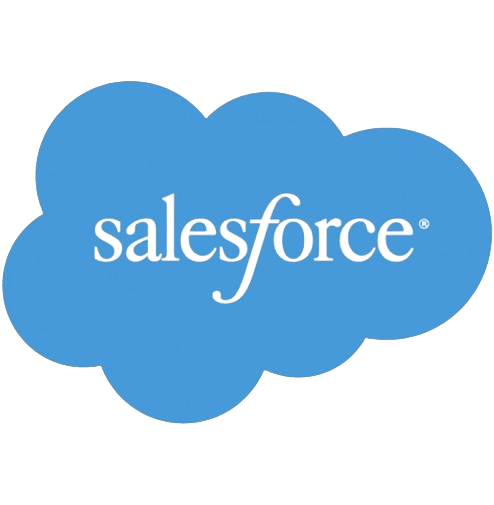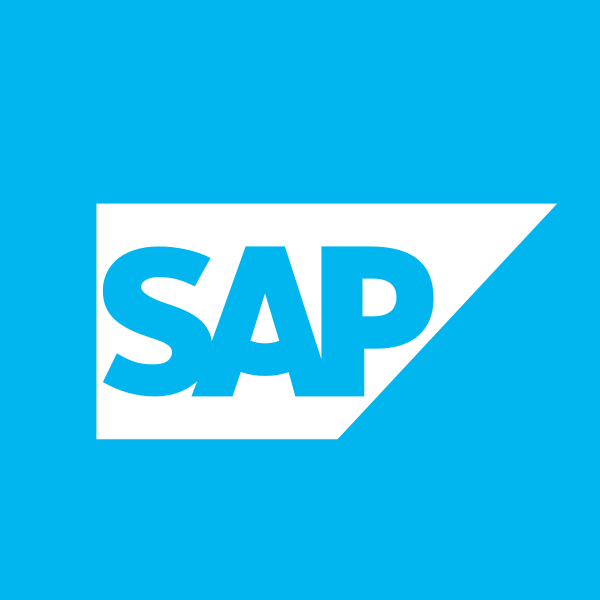8 Salesforce Integration Patterns and Best Practices
Salesforce, the cornerstone of your customer information, plays a pivotal role in every organization. However, it’s not the sole source of essential data. To provide a truly seamless experience for your customers, employees, and deliveries, all these systems need to communicate effectively. The key to this lies in Salesforce integration services, a bridge between your CRM and other applications. While every integration scenario is unique, there are shared challenges and solutions that developers face in terms of Salesforce Integration Patterns.
Salesforce Integration Patterns and Best Practices
There are five primary patterns and best practices to help streamline the flow of data and operations:
1. Request & Reply
In Request and Reply, Salesforce triggers a remote system process, waits for its completion, and updates its state based on the remote system’s response. Options include External Services, LWC/Visualforce for WSDL consumption, triggers (for asynchronous callouts), and Batch Apex for external service calls.
2. Fire & Forget
Salesforce triggers a remote process but doesn’t wait for its completion, enabling a faster handover of control. Methods include process-driven and customization-driven platform events, workflow-driven outbound messages, and Apex-based callouts.
3. Batch Data Synchronization
Data synchronization occurs in batch mode, reflecting changes from both Salesforce and external systems. This is implemented through Change Data Capture, ETL tools, or manual remote calls. It involves gathering and processing data from multiple source systems into a single application or report in real-time. This pattern is used to aggregate or combine data from different systems to create a unified view of the data.
4. Remote Call-In
A remote system manipulates data in Salesforce via SOAP and REST APIs, as well as Apex-based APIs.
5. Data Virtualization
Salesforce accesses external data in real-time, eliminating the need for data replication and reconciliation between Salesforce and external systems.
6. Migration
Transferring data between organizations or even initiating a transition from a CRM system to one can be a complex and expensive undertaking. Various Salesforce integration scenarios may necessitate the adoption of a migration pattern. These patterns excel in managing extensive data volumes, processing numerous records in batches, and exhibiting resilience in the event of errors.
7. Broadcast
The Broadcast pattern involves sending data from a single source system to multiple destination systems in real-time, near real-time, or on an ongoing basis. This pattern is more about data sharing and immediate data transfer among different systems. For example, if you have multiple Salesforce instances in different departments of an organization, the Broadcast pattern can be used to synchronize and share data updates in real time between these instances. It ensures that data remains consistent across multiple systems.
8. Bidirectional Sync
Bidirectional sync is another Salesforce integration pattern that focuses on uniting two or more sets of data from different systems to create a cohesive and synchronized view of the data. This pattern is especially useful when different tools or systems need to work with the same data set but have distinct purposes or functions for that data.
Benefits of Salesforce Integration Patterns for Your Business
Salesforce services integration offers a multitude of advantages for businesses, making it an invaluable tool for enhancing operations and overall performance. Here are some of the key benefits:
Effortless Access to Crucial Information
Salesforce integration facilitates seamless access to vital business data. This means employees can quickly retrieve the information they need, improving decision-making processes and overall efficiency.
Enhanced Communication
It streamlines both internal and external communication, promoting collaboration within the organization and better interaction with customers.
Time and Resource Savings
Automation is a significant advantage of Salesforce integration. Businesses can automate various workflows without the need for complex coding, resulting in time and resource savings.
Improved Data Analysis
Integration enables the extraction and analysis of customer data with greater efficiency. This leads to a better understanding of data trends, which can be leveraged to enhance customer experiences and drive increased revenues.
Informed Decision-Making
With consolidated data at their disposal, companies can make more informed decisions. This can lead to better strategies and actions, ultimately benefiting the business.
Modernization of Infrastructure
Salesforce integration supports the modernization of an organization’s infrastructure. It helps companies keep up with the latest technological advancements and enhances their internal processes.
Real-time Access and Reporting
Employees gain access to real-time information, improving their productivity. Furthermore, robust reporting capabilities empower management to take practical actions based on accurate and up-to-date insights.
Unified Customer Data
Integrating phone systems with CRM services provides a unified view of customer data. This enables efficient planning and resource allocation based on recorded information, saving time and enhancing productivity.
Enhanced Collaboration
Salesforce phone system integration fosters collaboration and streamlines workflows. Call logs integrated with Salesforce allow for real-time monitoring of customer interactions, contributing to better service and engagement.
Cost-Effective Solutions
While Salesforce’s API offers customization options, it may not always be the most cost-effective choice. Free tools such as Informatica or Jitterbit can be utilized for scheduled imports, ensuring a seamless and efficient integration process.
Different Ways of Salesforce Integration Patterns
Salesforce offers a wide array of integration options to streamline and enhance various aspects of your retail business. By connecting Salesforce with other popular software and applications, you can create a cohesive and efficient system that spans advertising, sales, customer service, email marketing, social networks, transaction tracking, and customer satisfaction. Here are some of the key ways to achieve Salesforce integration:
Salesforce SAP Integration: Connect Salesforce with SAP to seamlessly manage your enterprise resource planning (ERP) and customer relationship management (CRM) processes.
Oracle Salesforce Integration: Integrate Salesforce with Oracle to improve data synchronization and enhance your database capabilities.
Salesforce WordPress Integration: Combine Salesforce with your WordPress website to capture leads, track customer interactions, and manage marketing efforts.
Shopify Salesforce Integration: Link Salesforce with your Shopify e-commerce platform to streamline sales, inventory, and customer data.
Salesforce Outlook Integration: Integrate Salesforce with Microsoft Outlook for a more efficient email and calendar management system.
HubSpot Salesforce Integration: Connect Salesforce with HubSpot for powerful inbound marketing, sales, and customer relationship management.
Salesforce Slack Integration: Integrate Salesforce with Slack to enhance team communication and collaboration.
SharePoint Salesforce Integration: Link Salesforce with SharePoint for improved document management and content collaboration.
Conclusion
Salesforce integration patterns are a transformative force for businesses, revolutionizing the way they operate and serve their customers. From streamlining communication to automating workflows and from informed decision-making to real-time access to crucial data, the benefits are abundant. However, it’s crucial to have the right guidance and expert Salesforce integration consultants. With a deep understanding of Salesforce and a proven track record of successful implementations, CCI is your trusted partner in leveraging this powerful tool.





